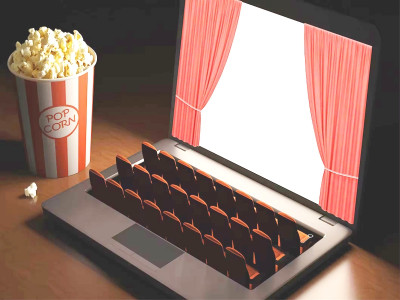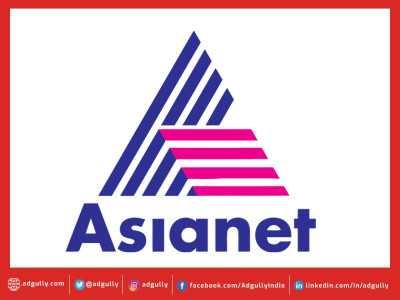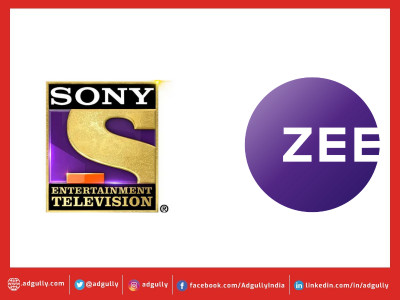Ciao '14 | The Exhibition Industry in a nutshell
The year 2014 has been a fascinating one for the exhibition space. The industry has seen a flurry of consolidation activity that has driven a lot of interest in the space from investors and capital. The year has also seen some amazing box office results with big films doing very well but also some unheralded content performing extremely positively and regional content continuing to show that it is a source of attraction for patrons. The sector has also seen some extremely poor months where come what may, content has just not performed leading industry insiders to understand that this is at the end of the day, a content led business.
Consolidation continued to be the major buzzword for the industry this year. The year saw some mega deals happening and some of the industry’s biggest players were either the consolidators or were themselves acquired; sometimes by outside players. PVR acquired Cinemax at the end of last year and the merger completed in February this year but that deal set the trend both for valuation and the need for some of the key players in the space to scale up their screen counts by inorganic acquisition. Later on in the year, international giant Cinepolis acquired Fun Cinemas, themselves a leading Indian player for a staggering price and finally, just last week it was announced that Carnival Cinemas, a relative new entrant in the space, was acquiring a controlling stake in Reliance Big Cinemas, which until the PVR Cinemax deal, was the largest operator of cinemas in the country.
Carnival itself had acquired Broadway Cinemas (owned by HDIL) earlier in the year and has been the most aggressive new player in the space. With its acquisitions this year, they have now become the second largest cinema chain in the country. This has led smaller chains to either consider themselves targets or aggressors depending on their ability to leverage capital. The kind of capital is important because debt based deals will add overheads to a business that already has very tight leeway on its margins. This is perhaps ok when you have some scale but if the scale is below a critical mass (say 75-100 screens) then this overhead suddenly becomes a financial burden.
The next 18 months will be fascinating to see how these acquired businesses are integrated and what kind of new dynamic comes about. For most of the industry, it will be business as usual but for patrons, there is a new brand-building round that will need to be invoked and here there are opportunities in consumer loyalties available.
Clearly the opportunities lie not only in box office revenues but also in all space services as well such as F&B, advertising, etc. The scale benefits are incrementally large in these areas as cinema advertising is a growing market and more and more brands and media buyers are waking up to the specific targeting that can happen in these spaces. F&B has long been the margin king for cinemas and the opportunity to tweak menus and therefore drive margins up in even smaller more remote screens will see a huge opportunity in overall profitability.
Beside from consolidation, the content space was one that was an interesting area to watch for the cinemas business. The first half of the year saw some small, unheralded films strike box office gold and drive patrons into the theatres but at the same time, throughout the year we have seen some big films, with large expectations, not meet targets. The last six months has especially seen some of the large films under-perform, so much so that the last few months of the year have been shockingly poor.
The challenge therefore going forward is for cinema exhibitors, even in so-called smaller centres, to re-evaluate their content choices as even regional content has shown that it can rival Hindi film content especially if the relevant property is chosen. Marathi, Punjabi and even Gujarati films have been hugely successful as flagship content in screens across their regions but too often this content has also been used as a filler by exhibitors when more attractive Hindi film content has failed to sustain. This is a slightly myopic view of the content and of the patrons and as an industry we will be better served to avoid this, especially as the number of screens grows.
English content too has become a strong placeholder for exhibition across the country. Dubbed as well as original soundtrack English films attract a loyal clientele and the films that are left in English language are able to ensure that cinemas can bank on a higher ARPU (Average Revenue Per User) on many occasions. However the last few months has seen even English content fail to sparkle as by and large people have stayed away from the theatres.
The exhibition business is like that. It’s a habit-based business for the retail customers. If the habit is lost (or if a host of bad content comes along), there are other entertainment forms available these days for people to go to. The key target group for theatres is 15-35 and it will take one film, that like a magnet, will get this group back into the habit of seeing films, and the business will be up and running again, hopefully leading to a more fruitful and prosperous 2015 for all. The entire Exhibition (and film industry in general) is hoping that film is PK.
The author of this article is Mr. Rahul Puri, Managing Director, Mukta Arts Limited
















Share
Facebook
YouTube
Tweet
Twitter
LinkedIn